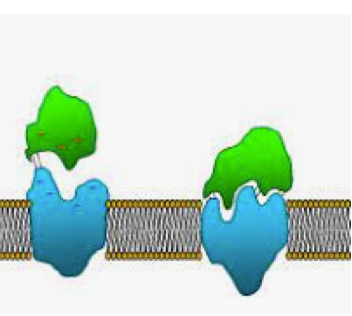U20/21 genes may help HHV-6A evade immune response.
Natural killer cells are important in containing viral infection. The Natural Killer Group 2D (NKG2D) receptor is activated when it attaches to ligands on virus-infected cells. Ligands such as MICA, MICB, and ULBP1-6, which are expressed on herpesvirus-infected cells, activate the NKG2D receptor. However, several human herpesviruses can reduce the expression of this receptor or the ligands to which it attaches, and thereby quell the NK cell response to HHV-6A infection, a form of immunoevasion.
An international team investigated whether, like other herpesviruses, HHV-6A can downregulate the NK response, and the mechanisms by which it might do so. They found that the RNA levels of two HHV-6A-encoded immunoevasins, U20 and U21, were 4-10 fold higher during HHV-6A infection. U20 and U21 (but not U23, U24 and U25) suppressed the expression of two ligands of the NKG2D receptor, ULBP1 and ULBP3, respectively, in both J-Jhan and 293T cells. With fewer ligands to bind to, cell surface and intracellular levels of NKG2D were reduced. This, in turn, diminished the homing of NK cells to HHV-6A-infected cells, and NK cell degranulation when it contacted an HHV-6A-infected cell.
Thus, downregulation of ligands activating NKG2D seems to be one likely mechanism by which HHV-6A can avoid immune attack and maintain latency. The authors previously found similar results with HHV-6B as well (Schmiedel 2016), indicating that the two viruses may share at least this one mechanism of immunoevasion.
Read the full article: Chaouat 2021

